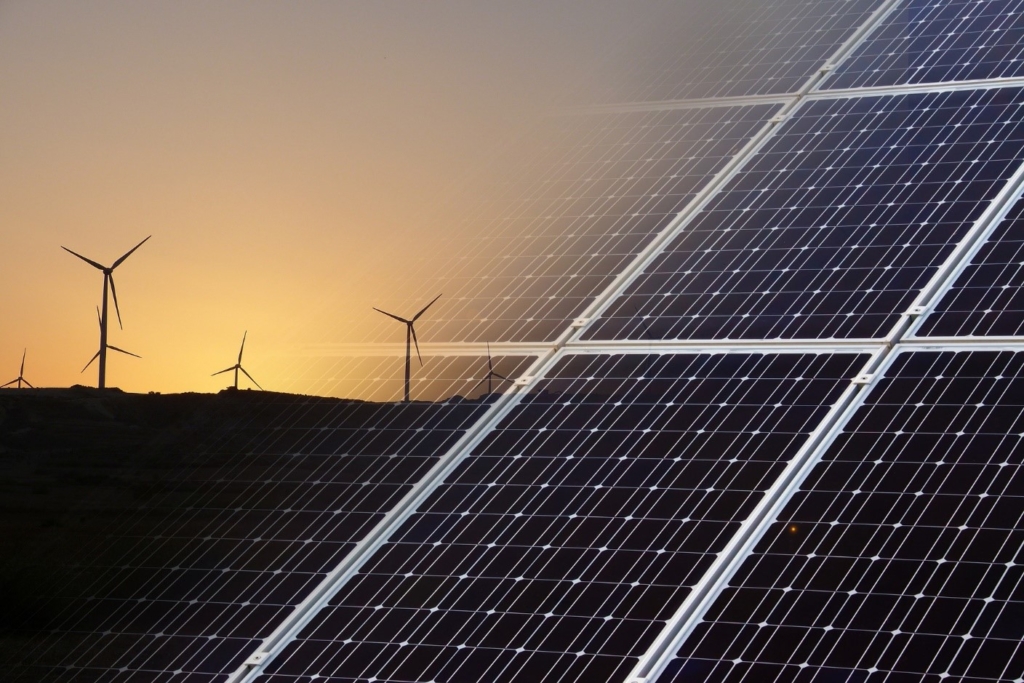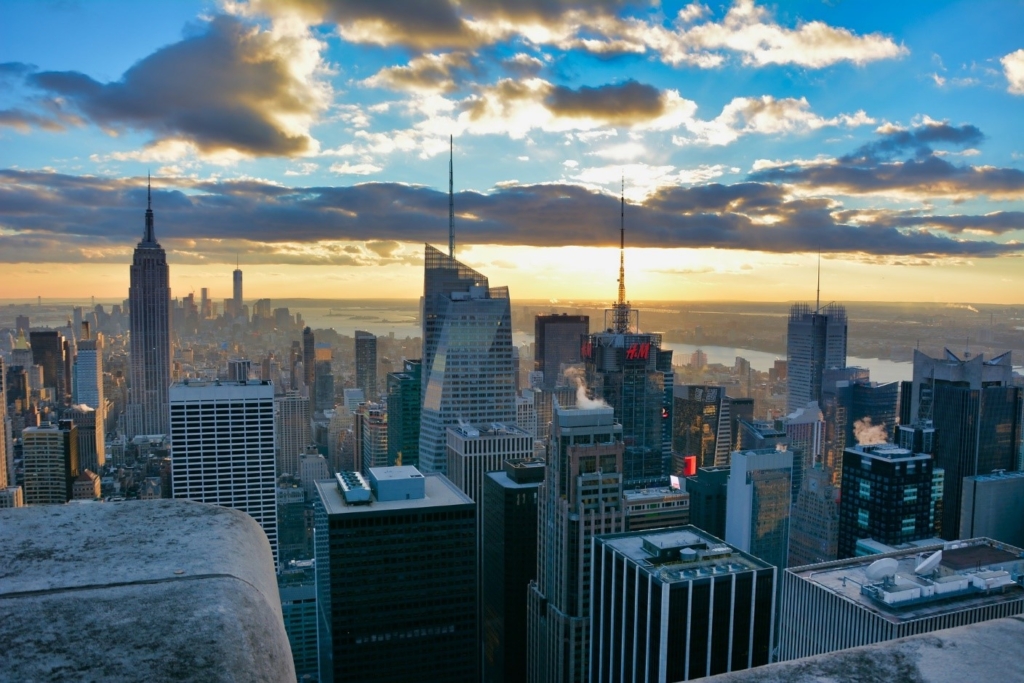When
watching the news on television or listening to it in our car, we tend to think
there are no new ways to solve our failing infrastructure.
When the
engineering community and the general public heard the nation received a Grade
D for the failing infrastructure, the natural reaction is to reach for the
remote control and change the channel.
What does a
Grade D mean for our infrastructure?
What did the ASCE’s 2017 report say
about the state of US Infrastructure?
According to
the ASCE report published in 2017, the country needs an
estimated $4.5 trillion investment by the year 2025 to make
improvements to aging bridges, power stations, outdated transmission and
distribution lines, eroding highways, waterways, water treatment systems, and
more.
The most recent report showed that
little had changed from the last ASCE report
published in 2013. In some categories such as parks, solid waste,
and transit, the standards actually declined in 2017. There were
incremental improvements for schools, wastewater, hazardous waste, levees, and shipping
ports. The grades for bridges, aviation, roads, drinking water, and dams
remained unchanged from the report published in 2013.
Is the 2017 ASCE report telling us anything
we didn’t already know? Most of us have experienced driving on potholed roads
or traveling on inefficient public transportation. Whether you live in a metro
or suburban community, it is a common occurrence to find workers repairing one
of these issues.
Societal
needs are changing as metro and suburban areas are becoming more
heterogeneous.
Demographic Changes in Society Today
Sweeping
cultural and societal changes are happening throughout the country. The
nation’s age expectancy is growing due to advances in medicine and treatments.
There needs to be a catalyst for newer transportation and telecommunication
networks to bring people and communities closer. Studies show there are fewer
young people getting a driver’s license. Most
millennials and Generation X prefer public transit and sharing cars
and bikes. According to the Urban Land Institute, 55%
of millennials claim it is an important priority to live as close as
possible to public transportation.
Another dramatic change is in the
large volumes of people moving from the rural parts of the country to bustling
cities.
People from
rural communities are increasingly flocking towards happening downtowns or to
industry hubs such as Houston (Energy) or to New York City (Finance). Research demonstrates that 82% of North
Americans live in metro areas, large concentrations living in
mid-sized to large cities.
As Bret
Boyd, the co-founder of The GrayLine Group, (an organization that provides
tools to keep up with global change) says that cities need to be able to manage waves
of migration from rural communities. Boyd’s study shows that “In
2010, 41 urban areas in the United States housed more than 1 million people, up
from 12 areas in 1950, and projected
to grow to 53 by 2030.”
Boyd argues
that with swelling city populations there is an urgent need to modernize and
stabilize infrastructure. In most US
cities infrastructure dates back to the post-war era and is rapidly
surpassing its planned lifespan. The need to modernize infrastructure is
apparent, especially taking into account
the latest ASCE report.
Cities,
public utilities, and urban planners face major obstacles to ensuring
sustainable growth. Implementing environmentally sustainable innovations could
be a possible solution. However, as Boyd warns, some cities are likely to
“over-invest in the wrong technologies and design approaches” whereas others
are likely to underestimate the enormity of change ahead and not implement
suitable planning, “resulting in deteriorating and dangerous cities.”

Are there cost-effective solutions
for sustainable infrastructure?
If you were
to do a survey asking the public how they would solve the nation’s
infrastructure problem, the likely answer is to increase federal funding. The
chosen approach of most federal decision makers is to increase public taxes.
Another way to raise funds is through the partnerships of public and private
organizations.
The nation’s
roads are in urgent need of funding for repair. Many fail to recognize another
major issue is that there
is a lack of professional civil engineers with the skill set to
replace aging bridges and road surfaces. The length of time and training to
acquire these skills and credentials can take
10-15 years.
Water / Wastewater solutions
As the ASCE
2017 report demonstrated, there are incremental improvements for wastewater.
Leading firms are turning to more sustainable methods to provide energy and
water to their local communities.
Public
agencies such as the East Bay Municipal Utility District have a long-term
commitment to creating new energy sources and being stewards of the
environment. In 2010, this public utility “generated
100,000 megawatt-hours more energy from renewable sources that it
used as a water and wastewater service provider.”
Demonstrating to other similar utilities that it is possible to become a net
generator of energy and clean reusable water.
Smaller
cities such as Steven Point, Wisconsin, are producing
biosolids, benefiting the local environment in several ways.
Biosolids can be used as a
fertilizer to improve and maintain productive soils, causing plant
life to flourish.
How to solve infrastructure issues in
major cities?
The nation’s
larger metropolises are pursuing more sustainable solutions such as green
infrastructure. One of the benefits of this approach is the reinvigoration of
urban neighborhoods. By building more green spaces such as parks and planting
more trees in and around the nation’s cities, the results are cleaner
air to breathe and water without contaminants.
Large
metropolitan projects such as New York’s Gov. Mario M. Cuomo Bridge are using a
more efficient approach called design-build.
In the design-build method, construction and engineering teams work
as one unit working under one contact. Engineers and construction professionals
share similar goals placing durability and safety ahead of profitability. From the very beginnings of a project, they
research construction maps, identifying the most cost-effective approaches to
complete a project in a way that causes the least disruption for road
users.
As a part of
the Mario M. Cuomo Bridge project engineers first demolished the old
Tappan Zee Bridge and used leftover materials from the debris to construct
six artificial reefs around Long Island rather than sending it to a
salvage yard.
The way forward is through new
sustainable approaches to infrastructure
As
estimated, the $4.5 trillion investment needed in infrastructure by the year
2025 is enough to make decision makers dizzy. It is a mistake to think that
throwing money at the problem will cure the nation’s infrastructure ills.
Fortunately,
this approach to solving the nation’s infrastructure ill health is not the only
antidote.
There is
currently a lack of engineers with road and bridge repair expertise. Young
engineers need encouragement and incentives to pursue careers in civil
engineering specializing in bridge and road repair. The increased employment of
these skilled professionals will certainly make a meaningful impact.
The positive
contribution of East Bay Municipal Utility District in Oakland, CA, shows it is
possible for energy and water provision to be cost-effective and efficient.
Other engineering firms are adopting green infrastructure principles and the
design-build approach to create a healthier future for the nation’s
infrastructure, and more firms need to join this cause.


